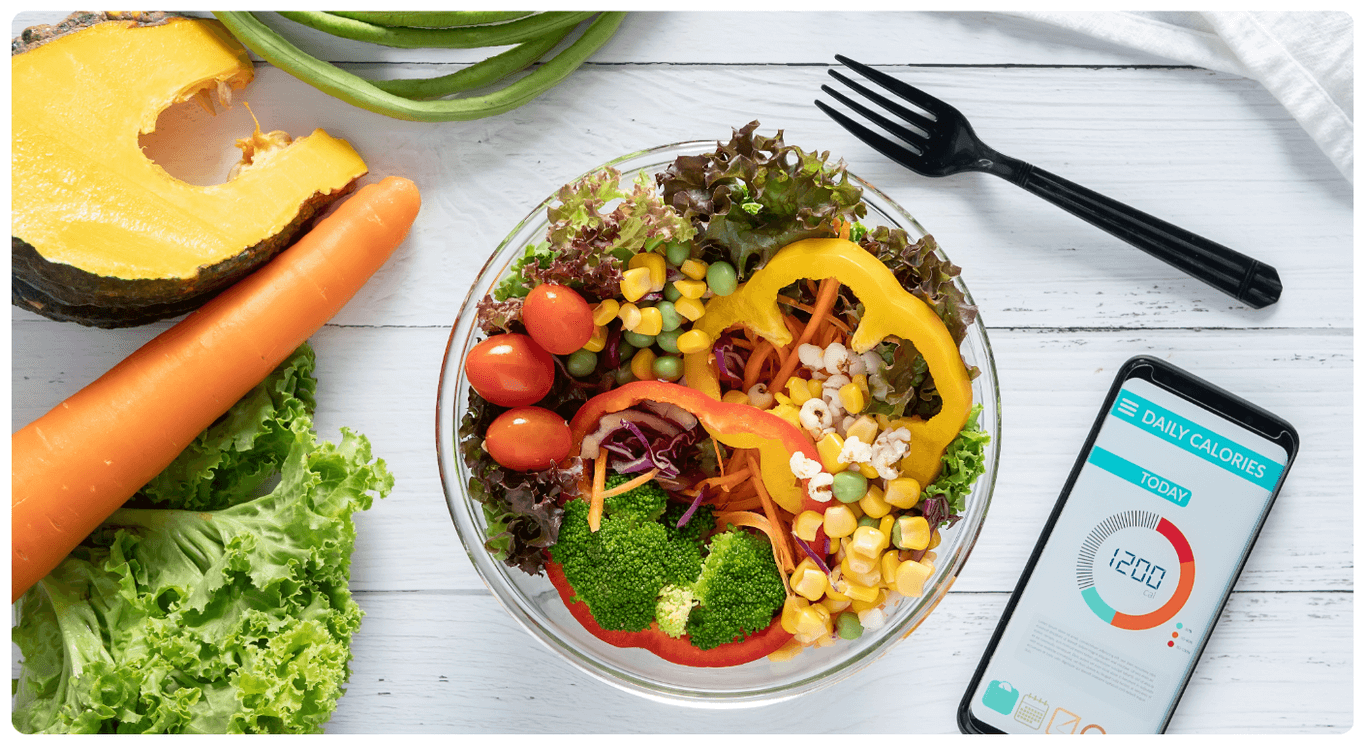Why Choosing the Right Calorie Goal Is Important for Weight Loss
Weight loss isn’t just about cutting calories—it’s about selecting the right calorie goal tailored to your unique body and lifestyle. This ensures not only effectiveness but also sustainability and long-term health benefits.
What Is a Calorie Goal?
A calorie goal refers to the specific number of calories you consume daily to achieve your weight loss, maintenance, or muscle-building objectives. For weight loss, the goal is typically to create a calorie deficit, where you consume fewer calories than you burn.
Tools like MyFitnessPal can help you track your caloric intake and activity, making it easier to understand your baseline and adjust it for weight loss.
Why Personalization Matters in Calorie Goals
A one-size-fits-all approach to calorie goals often fails because it doesn’t account for individual factors like age, gender, metabolism, and activity levels. Following generic advice could lead to:
- Unsustainable Diets: Extreme calorie cuts may cause fatigue and nutrient deficiencies.
- Metabolic Slowdown: Eating too little can reduce your resting metabolic rate, making it harder to lose weight.
For example, the Mayo Clinic highlights that tailoring your calorie intake ensures a balance of energy and nutrition, leading to healthier, more consistent weight loss.
How to Calculate Your Ideal Calorie Goal
Steps to Personalize Your Calorie Intake:
- Track Your Intake: Use a food diary or app to log your meals for 7 days.
- Set a Realistic Deficit: Reduce your daily intake by 200–500 calories.
- Consider Activity Levels: Adjust based on whether you’re sedentary, moderately active, or highly active.
An app like MyFitnessPal uses these variables to provide an accurate calorie goal based on your weight loss ambitions.
The Importance of Macronutrients
A balanced diet within your calorie goal includes the right mix of macronutrients:
- Proteins: Vital for muscle repair and satiety (e.g., lean meats, beans).
- Fats: Support hormonal health and energy (e.g., nuts, avocados).
- Carbs: Provide fuel for daily activities and workouts (e.g., whole grains, and fruits).
Understanding how to balance these nutrients is essential for sustained weight loss. Learn more in this guide by EatingWell.
Benefits of Choosing the Right Calorie Goal
Avoids Common Pitfalls
- Prevents Muscle Loss: Maintaining sufficient protein intake ensures you’re losing fat, not muscle.
- Boosts Energy Levels: Eating enough calories supports daily activities and workouts.
Encourages Long-Term Success
- Supports consistent, sustainable weight loss of 1–2 pounds per week.
- Reduces the likelihood of binge eating caused by extreme deficits.
FAQs About Calorie Goals
Q: What is the safest calorie deficit for weight loss?
A: Aim for a deficit of 200–500 calories per day to avoid harming your metabolism.
Q: Can eating too few calories stall weight loss?
A: Yes, it can slow your metabolism and cause the body to hold onto fat stores.
Q: Should calorie goals change over time?
A: Absolutely. As your weight or activity level changes, adjust your calorie intake accordingly.
Final Thoughts
Choosing the right calorie goal sets the foundation for effective and sustainable weight loss. A personalized approach ensures you maintain energy, avoid common pitfalls, and see consistent results. Start by using trusted tools and resources, and consult a nutritionist if needed for further guidance.
For a deeper dive into balancing calories and nutrition, check out the Mayo Clinic’s guide and set yourself up for success!
